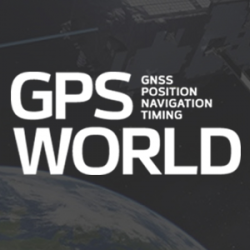
The System: British Patent Filings Threaten GPS III and Galileo Progress
July 1, 2012
Two British technologists backed by the U.K. Ministry of Defense have filed patents on the future interoperable GPS […]
Read More

Two British technologists backed by the U.K. Ministry of Defense have filed patents on the future interoperable GPS […]

News courtesy of CANSPACE Listserv. Likely none of us needs a reminder as the upcoming leap second has […]

UPDATE: The launch of SES-5 from the Baikonur Cosmodrome, originally scheduled for 18 June, has been delayed due to a problem with a first stage subsystem on the Proton launch vehicle. The launch has been rescheduled for August 6.

The European GNSS Agency (GSA) Wednesday published a contract notice in the Official Journal of the European Union inviting operators to bid for the provision of EGNOS services over the 2014-2021 period. This contract will consist in operating, maintaining and upgrading the EGNOS system infrastructure, and ensuring the continuous and safe provision of the three services offered by EGNOS.

News courtesy of CANSPACE Listserv. UPDATE: The Interfax news agency has announced that the rescheduled launch date […]

EGNOS Toolkits Enhance GPS Accuracy Free downloadable software Toolkits at www.egnos-portal.eu can help cell-phone and handheld receiver developers […]

First Overload Interference/Desensitization to GPS Receivers, Systems, and Networks Report to FCC; Plus Save Our GPS Coalition Forms; WAAS Official Again; EGNOS SOL Operational; Russian SBAS Satellite Passes Transponder Tests

For use in billing drivers in road-user charging schemes, onboard units employing GNSS must meet stringent reliability and availability requirements, and at the same time, be based on low-cost equipment systems. The SIGNATURE unit includes an assistance service which provides ephemeris data and corrections from EDAS, optimized for user location.
Follow Us